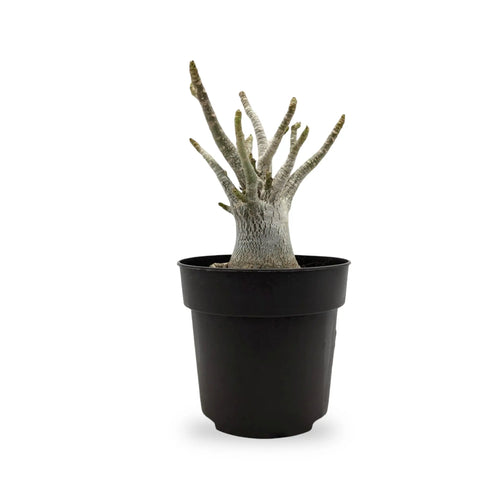Do you love indoor gardening?
Are you thinking about including houseplants in your space to improve aesthetics?
Well! It is necessary to know in-depth about the potting mix for houseplants. The soil you choose plays a significant role in the growth of the plants. Beginners often confuse potting mixes and soils. So, they do not get the desired result.
Garden soils and potting mixes are entirely different. So, you should not interchange them and use the right soil type for your houseplants. Using suitable soil and container is the foundation for your houseplant. Without these things, your houseplants would not access nutrients and not live as long as expected.
Check out the section below to learn about various potting mixes and which house plants thrive longer.
What is a potting mix?
A potting mix is a mixture of organic materials such as peat moss, compost, etc. It contains no dirt but has elements aimed at enhancing drainage. It is widely used for container gardening both indoors and outdoors. Sometimes, it includes slow-release fertilizers as the component.
Different types of potting mix
Several potting mixes are used for different houseplants and other purposes. So, it is essential to know the type of mix suitable for the specific houseplants. The use of the wrong potting mix can result in the plant's demise. Here are the three significant types of potting mix.
Peat-based mixes
This potting mix is one of the commonly used potting soils. Different types of peat moss are available, but sphagnum peat moss is the most common. It is widely used for cuttings, seedlings, and rooting applications. But, it is not much suitable for re-wetting. That said, customer are beginning to turn away from peat due to the effects it's having on the natural habitat.
Soil-based mixes
This potting mix is made from the actual soil and perfectly matches the plants requiring more nutrients, such as fruits and vegetables.
Coco coir-based mixes
It is made from coconut husks and perfectly suits plants requiring extra drainages, such as cactus and succulents. Sometimes, you need to mix these types to ensure the better growth of plants such as orchids. Every plant's requirement is different, so know its necessity before choosing the potty mix.
Benefits of a potting mix.
Potting mixes offers enhanced drainage compared to garden soil. Thus, it keeps the soil from becoming waterlogged, which leads to anaerobic conditions, and prevents root rot (house plant number one killer!) and various plant diseases.
It is designed to offer better aeration to roots. It is highly required for healthy plant growth and function.
It offers better water retention compared to garden soil. It helps maintain a consistent moisture level in the soil and minimizes the risk of drought stress that creates stunted growth.
It lowers the risk of diseases and promotes healthy plant growth. The pH level of the potty mix is easier to control, and thus, the plant grows in the proper condition.
Tips to choose the right potting mix
Every houseplant needs a specific ratio of potting mix, soif unsure reach out to us at Leaf Culture so we can help. Besides, keep the following things in mind when choosing the potty mix for houseplants.
- Consider the type of plant wish to grow
- Look at the quality of the potting mix
- Read the label to learn about the composition of the mix and its specific usage








